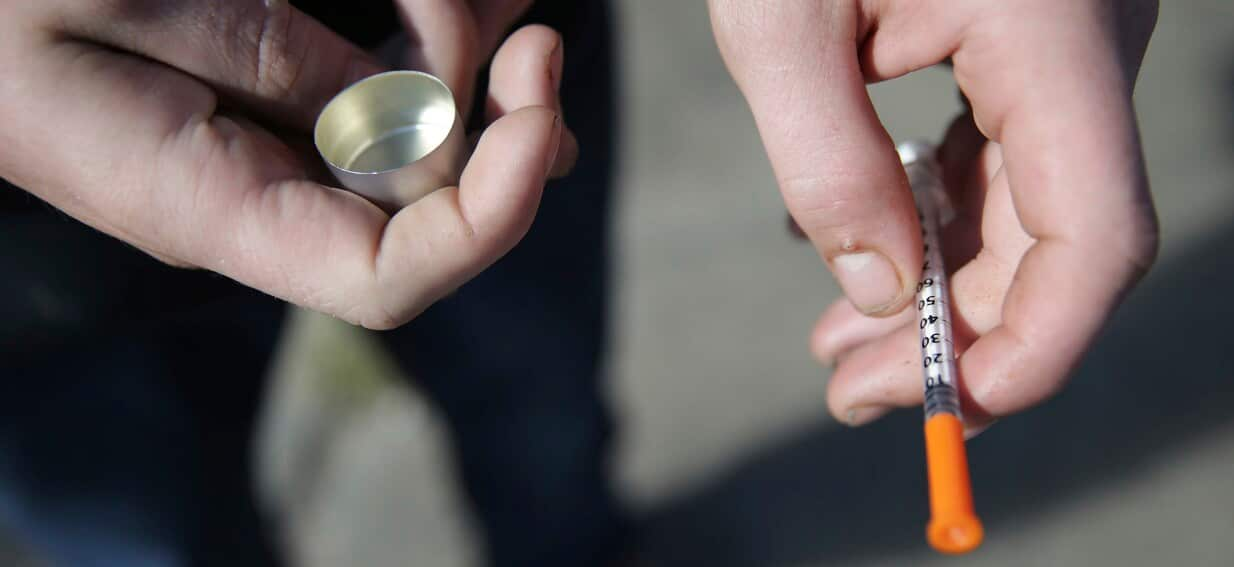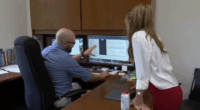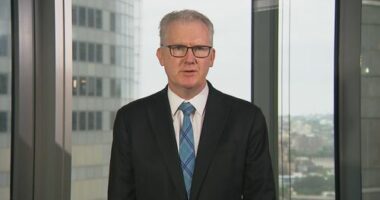Share this @internewscast.com

Key Points
- Wastewater analysis has shown significant growth in the consumption of illicit drugs in Australia.
- Methylamphetamine (ice), cocaine and heroin were all found at record highs.
- It has boosted the illicit drug trade, with an estimated $11.5 billion being spent.
Australia’s insatiable appetite for illicit drugs is fuelling demand from international crime groups and drug dealers cashing in on the lucrative market.
Analysis of wastewater by the Australian Criminal Intelligence Commission, in partnership with universities, detected a growth in consumption of major illicit drugs around the nation.
Methylamphetamine (ice), cocaine and heroin were all found at record highs in the latest analysis, which began in 2016.
A waste analysis revealed that over 22 tonnes of methamphetamine, cocaine, and heroin, along with MDMA (ecstasy), were used in Australia during the year leading up to August 2024.
It has boosted the illicit drug trade and the profits for organised criminals, with an estimated $11.5 billion being spent.
Cocaine use increased almost 70 per cent, MDMA almost 50 per cent, and heroin almost 15 per cent.
The commission’s drug specialist Shane Neilson said the market was rebounding after consumption dropped amid tighter border controls and lockdowns during the COVID-19 pandemic.
Large profits from a consumer base willing and able to pay higher prices than other global markets are driving the business.
Drug traffickers will throw tonnes of product at Australia’s borders, knowing whatever gets through will make enough money to outweigh losses from seizures, some of which outweigh total detected annual consumption, Neilson said.
“It’s just a relentless determination of transnational and domestic serious and organised crime groups to continue to supply the Australian market,” he said.
It is believed organized crime syndicates are contributing to an increase in illegal tobacco trade; however, despite a rebound in nicotine usage in the latter part of 2024, it remains unclear what fraction of this was sourced illicitly.
Ketamine use is also on the rise.
Forensic analysts believe the majority of the general anaesthetic being consumed is imported and illicit, with the drug’s use in medical and veterinary settings less prevalent.
It’s the same for cannabis, despite thousands of people being medically prescribed.
“Although the number of users of medicinal cannabis is increasing, it’s small relative to the overall use of cannabis,” Neilson said.
The nation’s multi-billion-dollar splurge on illicit drugs sends profits solely to organised criminals, the crime commission said.
“There is no taxation on these profits and economically it does have an impact,” Neilson said.
The latest National Drug Strategy Household Survey suggests nearly one in two Australians aged 14 and over (10.2 million people) had illicitly used a drug at some point in their lifetime, including the non-medical use of pharmaceuticals.
An estimated one in five (3.9 million) used in the past 12 months.












